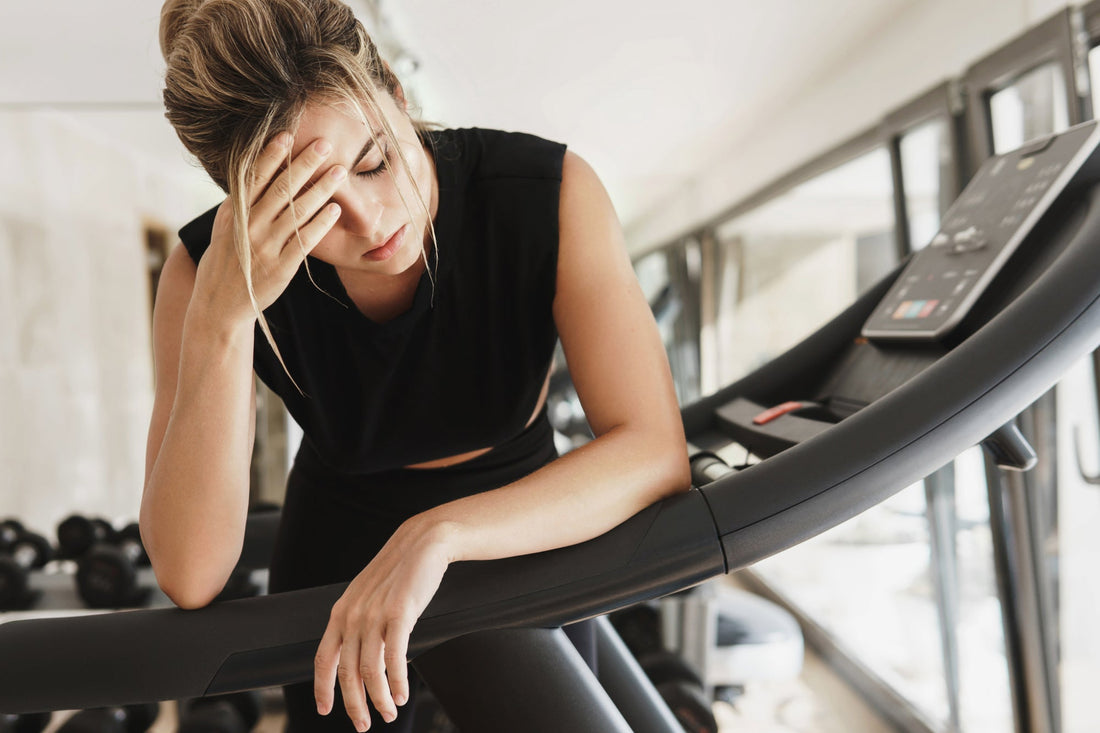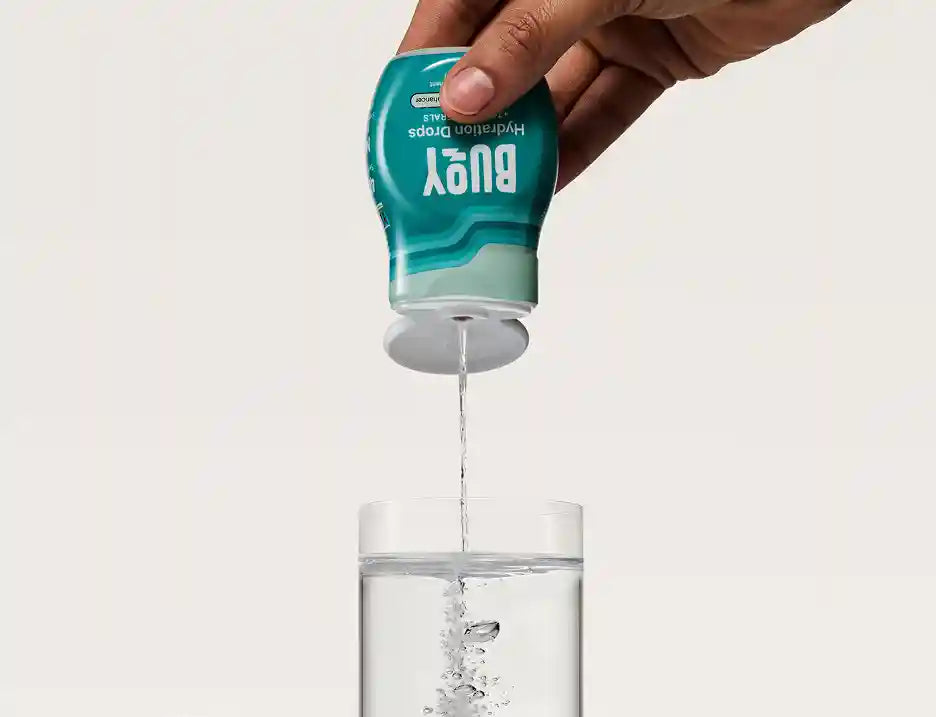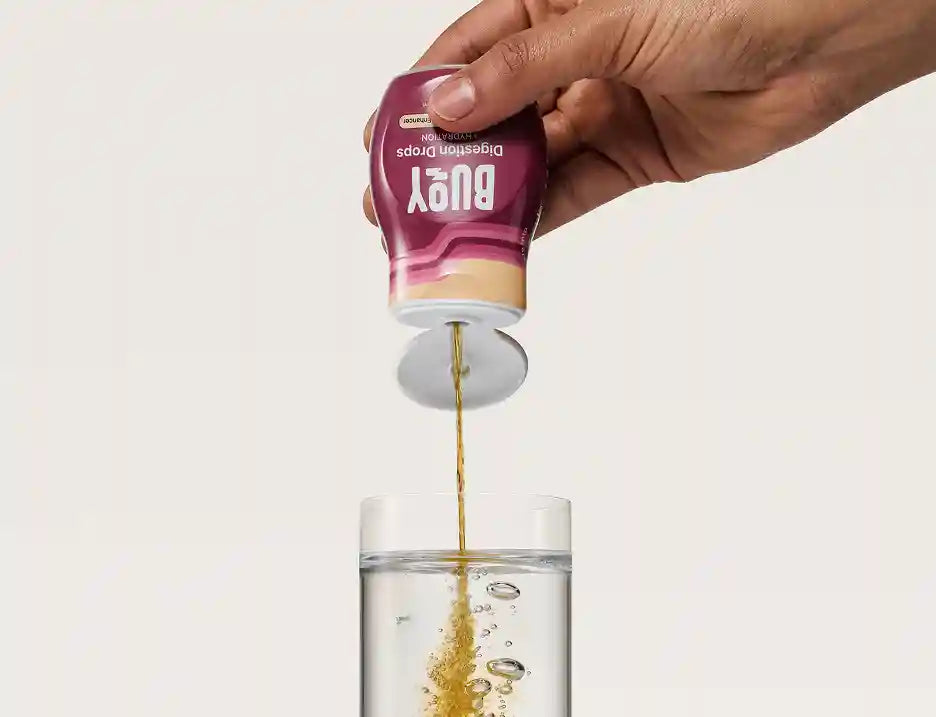
POTS and Exercise Intolerance: Tips for Staying Active Safely
Exercise intolerance is one of the most challenging symptoms of POTS, leaving many feeling trapped between wanting to stay active and fearing symptom flares. Activities that most take for granted—like walking or light cardio—can lead to dizziness, rapid heart rate, and overwhelming fatigue.
But staying active is crucial for your overall health. As you explore exercising with POTS, you’ll discover that carefully planned movement can actually improve your symptoms when done safely.
Essential Takeaways:
- The Challenge of POTS Exercise Intolerance: For many living with POTS, exercise feels like an impossible task. Symptoms like dizziness, rapid heart rate, and overwhelming fatigue often flare up with even light activity, leaving you caught between the desire to stay active and the fear of triggering a setback.
- How to Stay Active with POTS: Despite these challenges, staying active is essential for building strength and improving your body’s ability to regulate POTS symptoms. Smart POTS workout tips, like starting with recumbent exercises and using proper pacing strategies and recovery techniques, can help you build strength safely.
In this guide, we’ll explore why POTS makes exercise difficult, outline low-impact options, and share pacing and recovery tips to help you exercise with confidence.
- Why Exercise Intolerance Occurs in POTS
- Low-Impact Exercises for POTS Patients
- Graded Exercise Programs and Pacing Strategies
- Recovery Tips for Post-Exercise Symptom Management
- Building Confidence and Strength with POTS
Why Exercise Intolerance Occurs in POTS
POTS, or Postural Orthostatic Tachycardia Syndrome, affects the autonomic nervous system, which regulates involuntary functions like heart rate and blood pressure. When you stand or exercise, your autonomic system struggles to manage blood flow, leading to symptoms such as:
- Rapid Heart Rate (Tachycardia): Your body works overtime to pump blood to your brain.
- Dizziness and Lightheadedness: Blood pools in your legs, leaving less for your brain.
- Fatigue: Even small amounts of activity can exhaust your system.
- Heat Intolerance: Physical exertion increases your risk of overheating.¹
These challenges make traditional workouts difficult, but tailored exercise programs can strengthen your cardiovascular system and improve autonomic regulation over time.

Low-impact exercises like resistance training while seated can help POTS patients build strength and endurance without overexertion.
Low-Impact Exercises for POTS Patients
Staying active with POTS starts with choosing the right activities. Low-impact exercises minimize strain on your body while helping you build endurance and strength.
POTS Workout Tips for Success
Here are some POTS-friendly workout options to try:
- Recumbent Biking: A seated position helps prevent blood pooling. Adjust resistance to match your fitness level and focus on steady, consistent pedaling to avoid overexertion.
- Swimming or Water Aerobics: Water buoyancy reduces strain on your joints and promotes blood flow. Cool water also helps regulate temperature, making it ideal for POTS patients who struggle with overheating.
- Resistance Training While Seated: Use light weights or resistance bands to strengthen muscles without standing. Focus on small muscle groups to gradually improve circulation and endurance.
- Chair Yoga or Stretching: Gentle poses and stretches improve flexibility and reduce muscle tension. Chair yoga is especially helpful on days when standing feels difficult or impossible.
Start with short sessions (5–10 minutes) and gradually increase time or intensity as your tolerance improves. Always listen to your body and take breaks as needed.²
Managing exercise with POTS requires patience and strategy. A gradual approach helps your body adapt while minimizing symptom flares. Learn more about staying active with POTS in our guide to safe workouts: Exercise and Physical Therapy for POTS.
Graded Exercise Programs and Pacing Strategies
Consistency is key to building exercise tolerance with POTS. Graded exercise programs, like the CHOP (Children’s Hospital of Philadelphia) Exercise Protocol, offer a structured way to safely increase physical activity over time.
What is Graded Exercise Therapy?
Graded exercise therapy starts with low-intensity, short-duration exercises and gradually progresses to more challenging activities as your tolerance improves. The CHOP protocol recommends starting with horizontal exercises, like recumbent biking or swimming, for the first few months.
As your tolerance improves, you can progress to upright activities, like treadmill walking or elliptical training, in month four or five. Always advance at your own pace and consult a healthcare provider.
Tips for Pacing Yourself
When managing exercise with POTS, pacing is essential for avoiding symptom flares while staying active. Use these strategies to exercise safely:
- Listen to Your Body: At the first sign of symptoms like dizziness or rapid heart rate, stop or slow down immediately.
- Take Frequent Breaks: Incorporate short rest periods between exercises to prevent overexertion.
- Use Wearable Devices: Monitor your heart rate during workouts and aim to stay within a safe range, often 60–75% of your maximum heart rate, as recommended by your healthcare provider. If you’re taking beta blockers, use perceived exertion (e.g., a scale of 0–10 for effort) rather than heart rate to guide your intensity.² ³
By pacing yourself and paying attention to your body’s signals, you can stay active without pushing past your limits. Small, consistent steps toward building endurance will help you safely manage POTS symptoms while gradually improving your fitness.
Consider Rescue Tools
Keep rescue tools like electrolyte and mineral drops or rescue salt on hand to quickly manage symptoms during or after exercise. These products can help stabilize blood pressure and reduce dizziness, giving you peace of mind during workouts.

Staying hydrated before, during, and after exercise is essential for managing POTS symptoms. Electrolyte supplements like Buoy can help stabilize blood pressure and support recovery.
Recovery Tips for Post-Exercise Symptom Management
Proper recovery is just as important as the exercise itself. Here are strategies to reduce post-exercise symptoms and promote recovery:
- Hydrate with Electrolytes: Replenish lost fluids with water and electrolyte supplements, and hydrate before, during, and after workouts to stabilize blood pressure. Learn more about staying hydrated with POTS.
- Use Compression Garments: Wear compression socks or abdominal binders to prevent blood pooling. Consider wearing them during exercise and for an hour afterward.
- Gentle Cool-Downs: Practice light stretches to keep blood circulating and avoid pooling in your legs. Consider a recumbent cool-down on a bike or lying flat with your legs elevated.
- Rest and Reassess: Allow your body time to recover fully before your next workout. Track your symptoms to adjust future exercise sessions.² ³
On recovery days, opt for light activities like slow recumbent biking, leisurely swimming, or walking at an easy pace. These “active recovery” sessions help maintain progress without overexerting yourself.
Discover how to support physical activity with a healthy diet in our POTS Diet and Nutrition Guide.
Building Confidence and Strength with POTS
Managing exercise intolerance with POTS can feel like an uphill battle. While even low-impact exercises for POTS may seem challenging at first, remember that every small step forward is progress.
With patience, the right tools, and professional guidance, staying active is possible and can make a significant difference in your overall well-being.
Explore More Ways to Manage POTS
If you’re ready to take the next step in managing your POTS symptoms, explore our comprehensive POTS resource guides. From lifestyle adjustments to symptom-specific strategies, these guides provide valuable insights to help you navigate life with POTS more confidently.

Buoy Rescue Drops offer 6x stronger hydration support, packed with 300mg sodium and 87+ ionic trace minerals. A perfect recovery tool for POTS exercise intolerance, these drops enhance any beverage for quick symptom relief and hydration.
References:
-
Fu Q., Levine B. D. (2015). Exercise in the Postural Orthostatic Tachycardia Syndrome. Auton Neurosci: Basic & Clinical,188:86-89. Retrieved from https://pmc.ncbi.nlm.nih.gov/articles/PMC4336603/
-
Self. (2024). How to Safely Exercise With POTS, According to Experts. Retrieved from https://www.self.com/story/how-to-exercise-with-pots
- Dysautonomia International. (n.d.). Instructions for POTS Exercise Program—Children’s Hospital of Philadelphia. Retrieved from https://www.dysautonomiainternational.org/pdf/CHOP_Modified_Dallas_POTS_Exercise_Program.pdf





